A long awaited return brings renewed accountability.
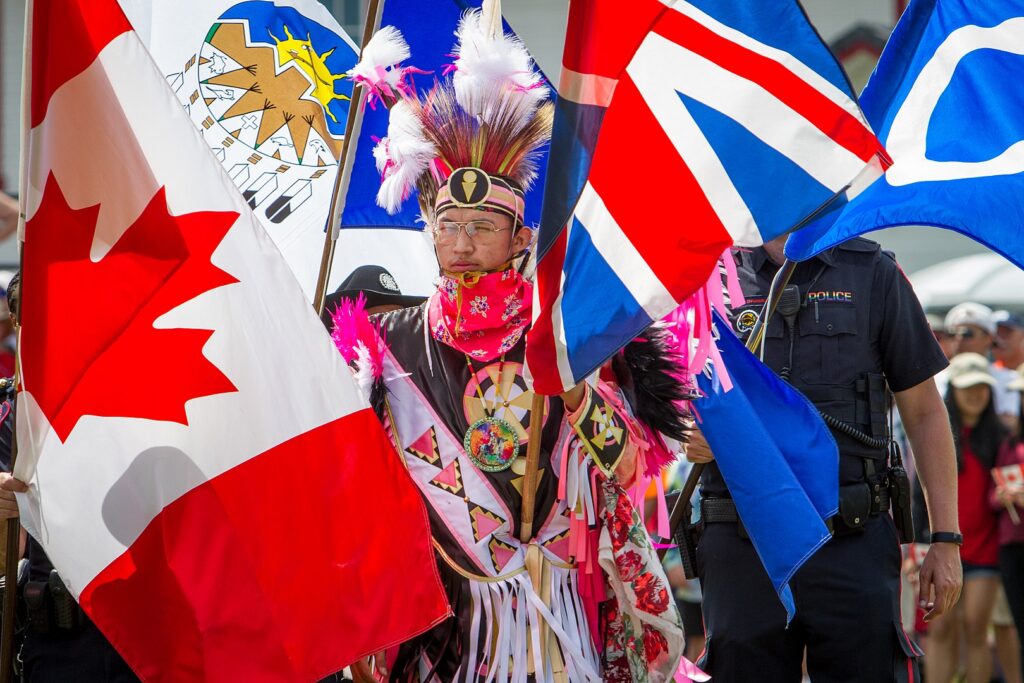
For Indigenous communities in Canada, the return of sacred items from the Vatican has become a powerful moment of recognition and responsibility. These objects were taken to Rome a century ago and remained out of reach through generations of requests. Now they are coming home, and the return marks a shift in how the Church and global institutions respond to Indigenous nations seeking cultural restoration.
1. Communities welcome long delayed movement with relief.
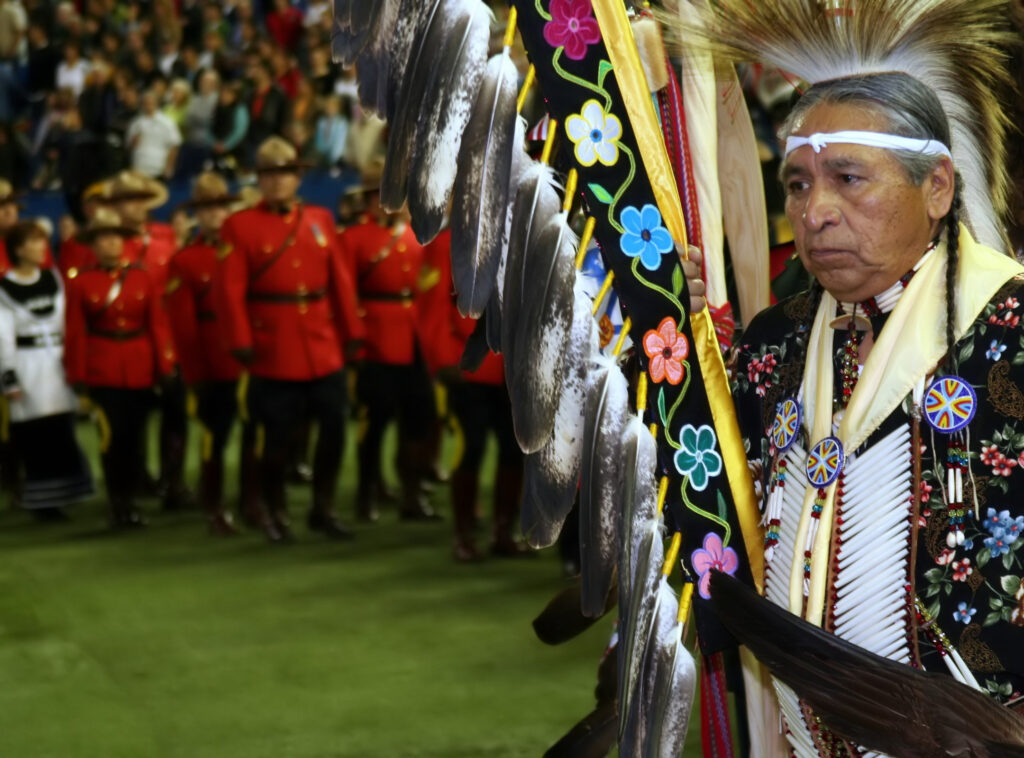
This return brings closure to nearly one hundred years of separation. The items were originally sent to Rome between nineteen twenty three and nineteen twenty five for an exhibition encouraged by Pope Pius XI. Decades later, after repeated appeals, the Vatican under Pope Leo XIV finally agreed to release sixty two pieces from the ethnological collection. The decision lands softly but powerfully across communities that spent years seeking recognition of their ownership and cultural authority.
Elders now guide the preparation process, ensuring each item has a respectful place upon arrival. They describe the return as a moment that reopens a cultural pathway once blocked by distance and time. The atmosphere carries both relief and quiet determination, as communities prepare ceremonies that reconnect these objects with their original purpose.
2. Leaders emphasize the deep cultural meaning of the objects.
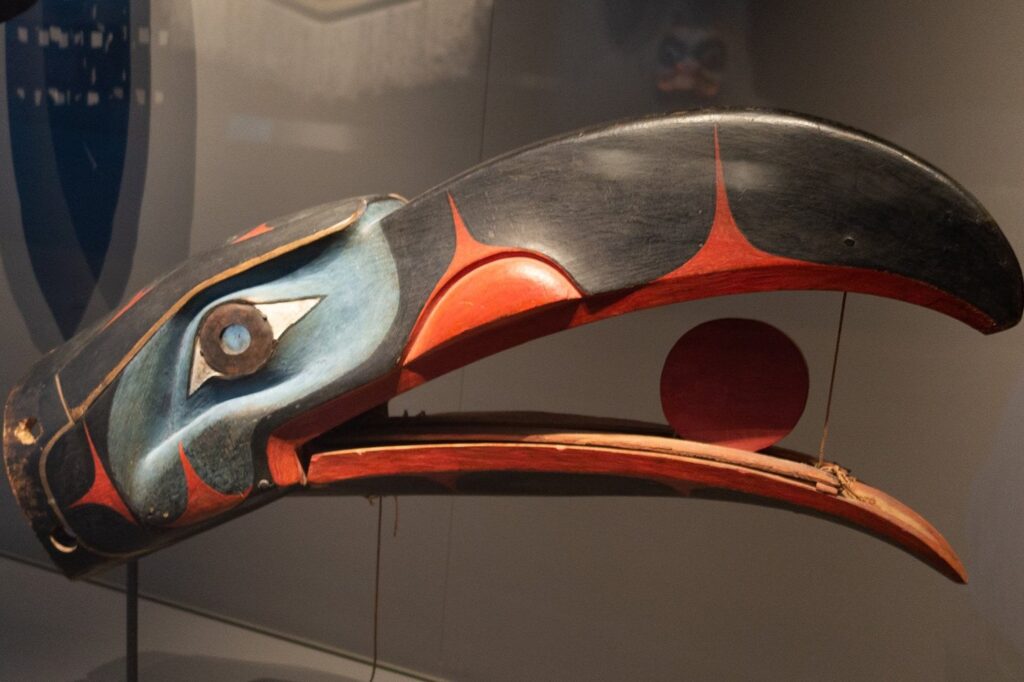
Indigenous leaders describe the returned pieces as more than historical artefacts. They are works of identity created by hands that carried knowledge and memory. Their century long absence left gaps in teachings and traditions. Bringing them home starts the process of repairing those fractures. These items hold stories that young people have never had the chance to learn directly, and returning them restores cultural links that were weakened through forced separation.
Across regions, the return inspires gatherings that blend teachings, language and community reflection. The reintroduction of these objects becomes a moment of collective learning rather than a simple physical transfer. Their presence brings warmth to conversations about heritage that are now growing stronger.
3. The Vatican signals a shift in its relationship with Indigenous peoples.
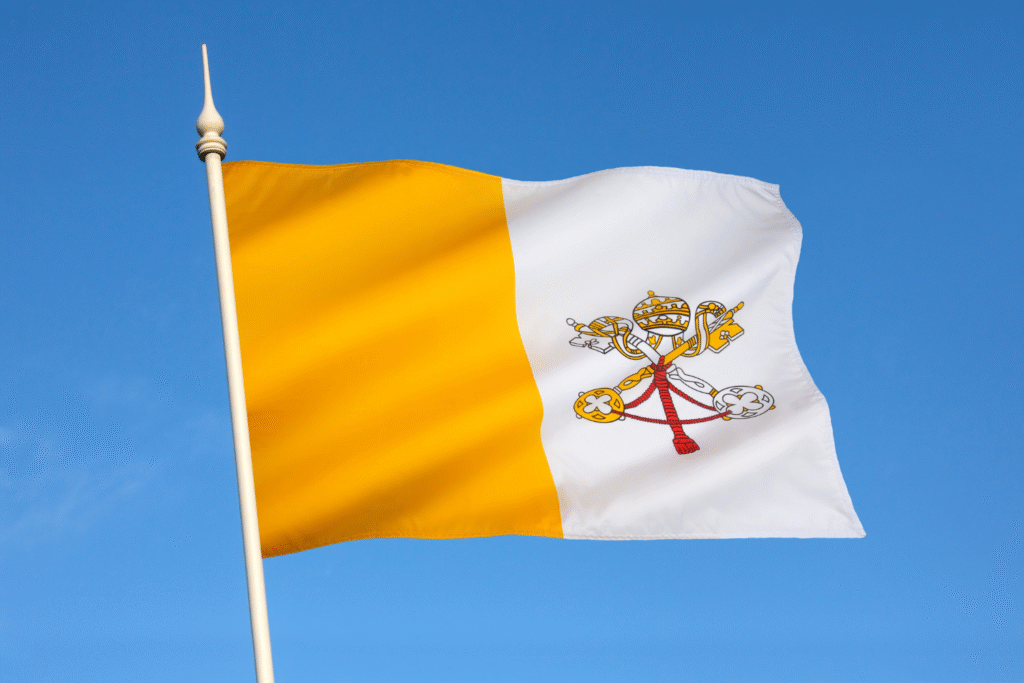
Under Pope Leo XIV, the Vatican officially presented the items to the Canadian Conference of Catholic Bishops. The Vatican described the return as a concrete sign of dialogue respect and fraternity. This act follows groundwork laid earlier when Pope Francis stated in April twenty twenty three that returning Indigenous heritage when possible is a meaningful gesture. These earlier remarks shaped expectations and contributed to an atmosphere where a full return finally became possible.
For communities in Canada, this marks a noticeable change from the decades of silence that preceded it. The gesture does not erase past harm but creates an opening for more transparent and respectful discussions in the future. That shift is being felt across both church and community spaces.
4. Museums across Canada coordinate careful plans for the items.
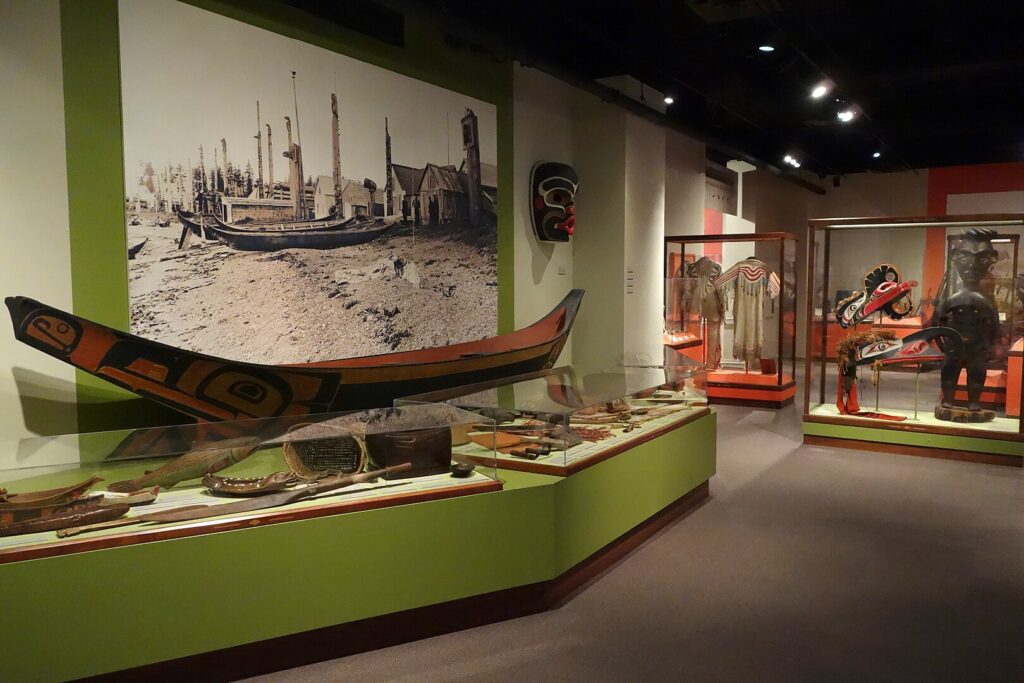
Museums and cultural institutions in Canada are working closely with First Nations representatives to prepare for the objects’ safe arrival. Instead of deciding independently, institutions are deferring to community guidance. These preparations include setting aside ceremonial spaces, creating culturally responsive care protocols and ensuring that displays or storage settings are shaped by Indigenous direction rather than external design.
This collaboration marks a major departure from past museum practices. Institutions now act as partners rather than gatekeepers. The shared planning reinforces trust and builds momentum for long term cultural stewardship.
5. Younger generations feel renewed cultural energy.

The return is creating a powerful surge of interest among younger Indigenous people. Many have grown up hearing only faint stories about these pieces. Seeing them return transforms that distant history into something they can touch, learn from and feel connected to. This renewed access is igniting interest in language learning, carving techniques, beadwork and oral histories linked to the objects.
As communities prepare for the arrival, teachers and elders are weaving the objects into lessons that highlight heritage and resilience. This creates a fuller opportunity for cultural pride to expand across generations.
6. The returns push global conversations about repatriation forward.
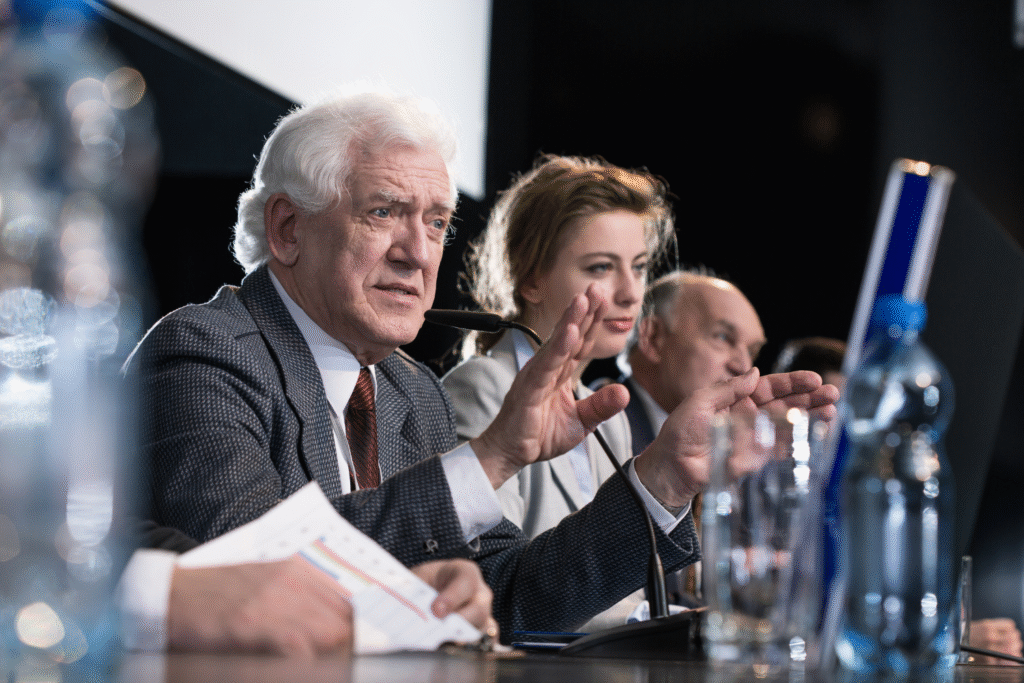
The Vatican’s decision has become part of a broader international dialogue about returning cultural items acquired during colonial periods. Universities, museums and private collections are watching this moment closely. The return demonstrates that long requested repatriations can be done collaboratively and respectfully when institutions take responsibility for historical actions.
The momentum from this case is already prompting organizations to reexamine their collections and consider the steps required to restore ownership to Indigenous nations. This shift is strengthening global expectations for ethical stewardship.
7. Elders guide the cultural reintegration of each returned item.

As the objects make their way home, elders are taking the lead in shaping how they will be welcomed. Their knowledge of ceremony and tradition offers the framework needed to reintegrate the items in a way that honors their original purpose. These teachings ensure that the process remains culturally grounded rather than institutional or detached.
Communities describe this guidance as essential. The elders’ involvement transforms the return into something layered and meaningful. Their care ensures that each object is handled with the respect intended by the ancestors who created it.
8. The return becomes a catalyst for broader cultural revitalization.

Many communities are using this moment to fuel larger cultural renewal efforts. The arrival of the artefacts has inspired workshops, intergenerational storytelling and renewed focus on traditional craftsmanship. The excitement surrounding the objects helps bring forward a collective sense of purpose that reaches beyond the items themselves.
This momentum is shaping programs across cultural centers, schools and community groups. The return is becoming a cornerstone for future revitalization rather than a standalone event.
9. Global institutions recognize growing responsibility.

The Vatican’s decision contributes to a worldwide movement toward acknowledging the origins of cultural property. Museums and institutions are increasingly aware that their collections contain items acquired during eras marked by power imbalance and coercion. The return of these sixty two objects reinforces the expectation that institutions must act responsibly and transparently.
Organizations across Europe and North America are responding to these developments by reviewing policies and engaging in dialogues that were rare only a decade ago. The shift is steady and gaining strength.
10. This chapter opens the door to deeper collaboration.

The return of the items is not the conclusion of a story but the beginning of a new phase in the relationship between Indigenous communities and the Vatican. While challenges remain, this moment establishes a foundation built on acknowledgment and willingness to repair. It also follows Pope Francis’ earlier apology for the conduct of Church members involved in the residential school system, during which he expressed sorrow for actions that contributed to cultural destruction.
Communities in Canada are now looking toward continued dialogue, cultural support and further research into items still held abroad. This moment stands as a reminder that meaningful change grows when institutions listen, respond and follow through.
